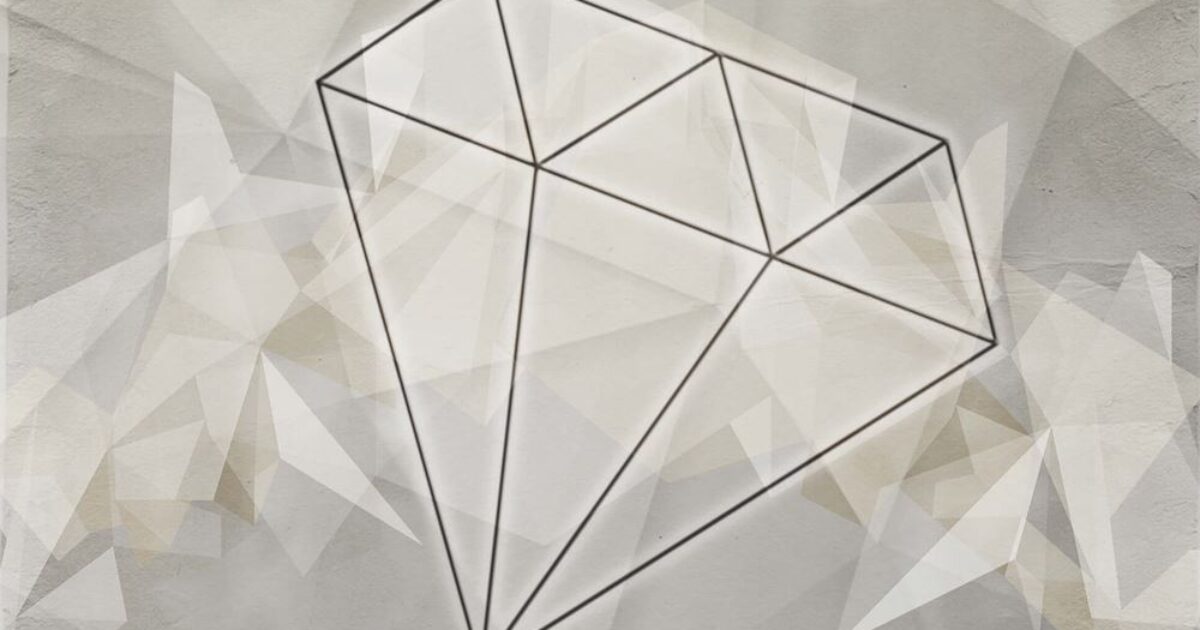6th Çanakkale Biennial Opens!
BEFORE THE PAST – AFTER THE FUTURE
September 29 – November 11 2018
Çanakkale Biennial, realised by the Çanakkale Biennial Initiative (CABININ) and supported by OPET, takes its inspiration from Troy on its 6th edition. Çanakkale Biennial will be open for 6 weeks and will bring together the works of 37 international artists, touched by the concepts, images and ecologies of the past and the future and produced using different mediums. As a body supported by local, national and international partnerships and carried forward with a collaborative mindset, Çanakkale Biennial Initiative is also assuming the artistic direction of the Biennial.
Artists:
Adrian Paci, Agnes-Meyer Brandis, Akın Aksu, Cem Demir, Hertog Nadler, Çınar Eslek, Deniz Sağdıç, Derviş Zaim, Emre Zeytinoğlu, Fani Zguro, Ferhat Özgür, Georgios Katsagelos, Guy Ben Ner, Hayri Esmer, Hülya Özdemir, Jakob Gautel, Janis Rafa, Jason Karaindros, Josephine Turalba, Katrin Korfmann & Jens Pfeifer, Krassimir Terziev, Larissa Sansour & Søren Lind, Mehmet Erim, Nancy Atakan, Nazlı Gürlek, Nuri Bilge Ceylan, Pınar Yolaçan, Serhat Kiraz, Servet Koçyiğit, Seydi Murat Koç, Seyhan Boztepe, Tufan Baltalar, Ugo La Pietra, Yeni Anıt
The conceptual framework of the 6th Çanakkale Biennial is inspired from the units used to historicise time: “Before the Past – After the Future” is preparing to present a selection of art productions that are directed to the horizontal (geographical) and vertical (historical) expansions of time that is defined as before and after certain milestones (BC/AD) or more objectively as its distance from the present day (BP- Before Present).
One of the main venues of the 6th Çanakkale Biennial is the Troia Museum that will be opening its doors during 2018 Year of Troy. Works that focus on mythological and historical aspects of Troy will be exhibited in the Museum’s Temporary Exhibition Hall. The unique spaces in the neighbouring Tevfikiye which has recently been renovated and transformed into an Archeo-Village as part of OPET’s Respect to History Project will be hosting film screenings and workshops as well as Biennial exhibitions. Biennial’s exhibition venues in the city centre on the other hand, will be MAHAL- CABININ’s events venue that was opened five years ago, and the independent cultural venues Bordo Bina, Sanatsever, and Studio Mavinil, all of which are founded in the recent years in Çanakkale by young artists and designers for various functions. There will be a video anthology of 11 artists put together by Videoist at the Troia Foundation Korfmann Library, one of the institutional partners of the Biennial.
As part of the complementary elements of the Çanakkale Biennial- the Biennial Child, Biennial Youth, AccessAbility and We are at the Biennial programmes, film screenings, talks and workshops will be held during the six weeks that the Biennial is on and these will aim to create a sustainable interaction ground between Çanakkale city centre and Tevfikiye Village and the Troy region.
Troy is once again on the World’s agenda at its 20th year of entering the UNESCO Cultural Heritage List with its unique existence that sways between an epic tale and a historical fact. Homer’s epic Iliad has been able to respond to both humankind’s curiosity for knowledge and authenticity and its need for dreams and imagination for centuries and millenniums thereafter. Homer’s epic and Trojan civilisation continue to be an inspiration for a diverse range of creative productions from high art to mass culture. Like all historical events, it gives us clues so as how to understand the context of present day’s social relations while continuing to be a reference for our cultural climate and collective memory with its epic aspect.
We could take another look at Troy today and contemplate how the history repeats itself in the ceaseless conflict between the East and the West or the North and the South and in the destiny of archaic struggles of the transitional geographies. Alternatively, like archaeologist M. Osman Korfmann did, we could reminisce it “as a communications and trade centre that is comprised of passageways and ports at the edge of the two cultural worlds and as an affiliation area between Asia and Europe” and witness the wealth and opportunities that the interdependence of cultures and people have created. The historicity of Troy is “a dreamed reality or a realised dream; an unprecedented rage; a tragedy that no heart can bear, a trick that turned everything upside down… Perished cities and hopes have turned into epics and dreams; these dreams and epics have shaped in flesh and bones and become Troy.” (Prof. Rüstem Aslan, head of excavations at Troy)
6th Çanakkale Biennial is executed by CABININ in partnership with OPET and Çanakkale Onsekiz Mart University FFA and with the support of Consulate General of the Netherlands, Italian Cultural Institute, Goethe Institute, French Institute, SAHA Association, Kale Group, Akol Hotel, Cafe du Port, Anzac Hotels, Truva Hotel, Wilusa Tourism, Sardalye and Troia Philharmonics Association. The institution that provided the venues for the biennial activities is the Ministry of Culture of Tourism of Turkish Republic -Troy Museum, OPET and Troia Foundation.
“Eren Guendelsberger, the nephew of Seyhan Boztepe, the Founder-Director of the Çanakkale Biennial, was born in Washington DC in 1995. Eren contributed immensely to the Children and Youth programmes of the Çanakkale Biennial in the past with his works in various fields of art, especially in music. Sadly we lost him on December 26th, 2017. We would like to dedicate the sixth edition of Çanakkale Biennial in his loving memory.”
